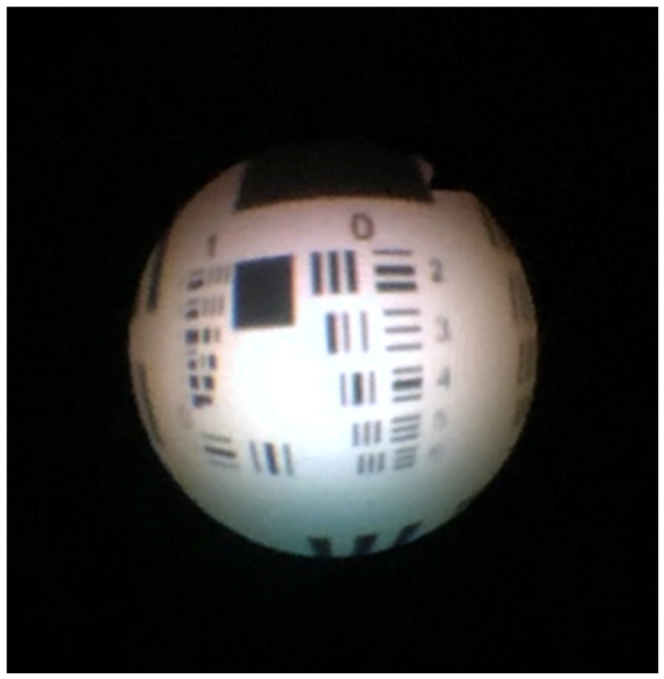BACKGROUND
Flexible cystoscopy is frequently used by a urologist in an acute setting for difficult urethral catheterisation. Unfortunately, this procedure can be challenging in environments lacking a camera system where full personal protective equipment (PPE) may be required due to COVID-19.1 The cystoscope can be used by direct visualisation through the eyepiece, but this method can be limited by commonly used protective eyewear, which prevents the operator from getting close enough to the focal point of the eyepiece. Additionally, introducing a conventional camera system into a high-risk area is associated with decontamination challenges.
TECHNIQUE
We couple a smartphone indirectly via an adapter and camera drape to provide a portable and easily decontaminated camera system (Figure 1). ‘Universal smartphone adapter’ mounts designed for devices such as microscopes and telescopes are widely available. We used a mount by Solomark (Wangongchi Rd, Yuyao, Zhejiang).2 To maintain adequate image quality, it is important to use the ‘AE/AF lock’ (auto exposure/focus) function on the smartphone camera (Figure 2). The camera drapes are in routine use in the hospital.
Figure 1 .
Portable cystoscope camera setup using a universal smartphone adapter, camera drape and a smartphone. When doffing PPE, the adapter and the smartphone should be removed with care to avoid contact with exposed surfaces and camera drape disposed. PPE = personal protective equipment.
Figure 2 .

Image of 1951 USAF resolution test chart obtained using a flexible cystoscope and standard iPhone X camera app on AE/AF lock (operator motion not eliminated). AE/AF = auto exposure/focus; USAF = United States Air Force.
DISCUSSION
This system is portable, improves the user’s view while in PPE and isolates the smartphone camera from contamination. Using a bespoke coupling system such as the ‘Endockscope’ (University of California-Irvine) may improve image quality given its built-in focusing lens.3 However, the current Endockscope phone mount is limited to specific smartphone models and its direct coupling mechanism to a cystoscope means the issue of camera contamination is not eliminated. Our system is not intended for diagnostic purposes.
References
- 1.Public Health England. COVID-19: infection prevention and control guidance. https://www.gov.uk/government/publications/wuhan-novel-coronavirus-infection-prevention-and-control (cited November 2021).
- 2.Solomark Universal Cell Phone Adapter Mount, Model QHPA0100, Amazon Standard Identification Number (ASIN) B0188KP6T8. Device weight 186 grams, priced at £15.99.
- 3.Tse C, Patel RM, Yoon Ret al. The endockscope using next generation smartphones: ‘A global opportunity’. J Endourol 2018; 32: 765–770. 10.1089/end.2018.0275 [DOI] [PubMed] [Google Scholar]



